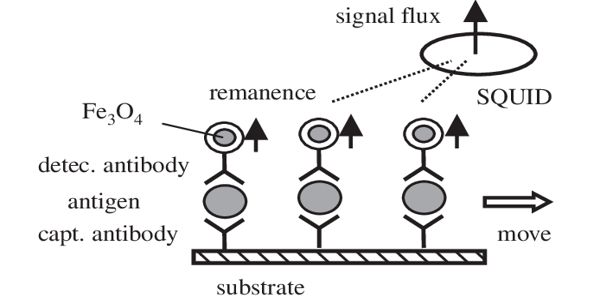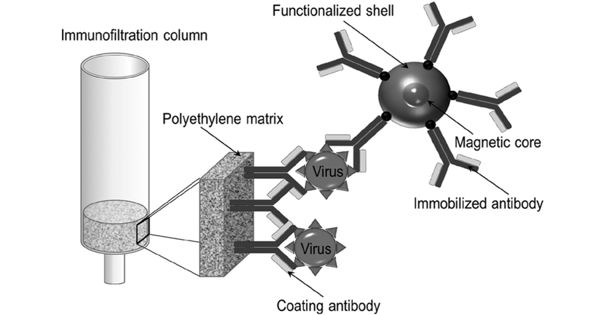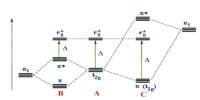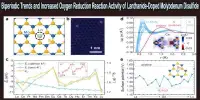An Immunoassay is a chemical test used to detect or quantify a specific substance using an immunological reaction. Magnetic immunoassay (MIA) is a type of diagnostic immunoassay using magnetic beads as labels in lieu of conventional enzymes (ELISA), radioisotopes (RIA), or fluorescent moieties (fluorescent immunoassays) to detect a specified analyte. It uses magnetic nanoparticles instead of conventional enzymes, fluorophores, or luminescent molecules bound to either antibody or antigen.
The principle behind the Immunoassay test is the use of an antibody that will specifically bind to the antigen of interest. MIA involves the specific binding of an antibody to its antigen, where a magnetic label is conjugated to one element of the pair. The antibodies used in the Immunoassay must have a high affinity for the antigen. The antibodies used in the Immunoassay can either be monoclonal or polyclonal antibodies.

Magnetic Immunoassay (MIA) is able to detect select molecules or pathogens through the use of a magnetically tagged antibody. The presence of magnetic beads is then detected by a magnetic reader (magnetometer) which measures the magnetic field change induced by the beads. The manners in which this detection can occur are very numerous. The most basic form of detection is to run a sample through a gravity column that contains a polyethylene matrix with the secondary antibody. The signal measured by the magnetometer is proportional to the analyte (virus, toxin, bacteria, cardiac marker, etc.) concentration in the initial sample.
Uses
Immunoassays can detect antigens of interest in very low concentrations that cannot be measured by standard tests. MIA is a versatile technique that can be used for a wide variety of practices.
Currently, it has been used to detect viruses in plants to catch pathogens that would normally devastate crops such as Grapevine fanleaf virus, Grapevine fanleaf virus, and Potato virus X.
Immunoassays are generally quick and specific which enables a clinician to quickly and accurately diagnose a range of diseases such as diabetes, cancer, and heart disease. Its adaptations now include portable devices that allow the user to gather sensitive data in the field.
MIA can also be used to monitor therapeutic drugs. A case report of a 53-year-old transplant patient details how the doctors were able to alter the quantities of the therapeutic drug.
Information Source:
















